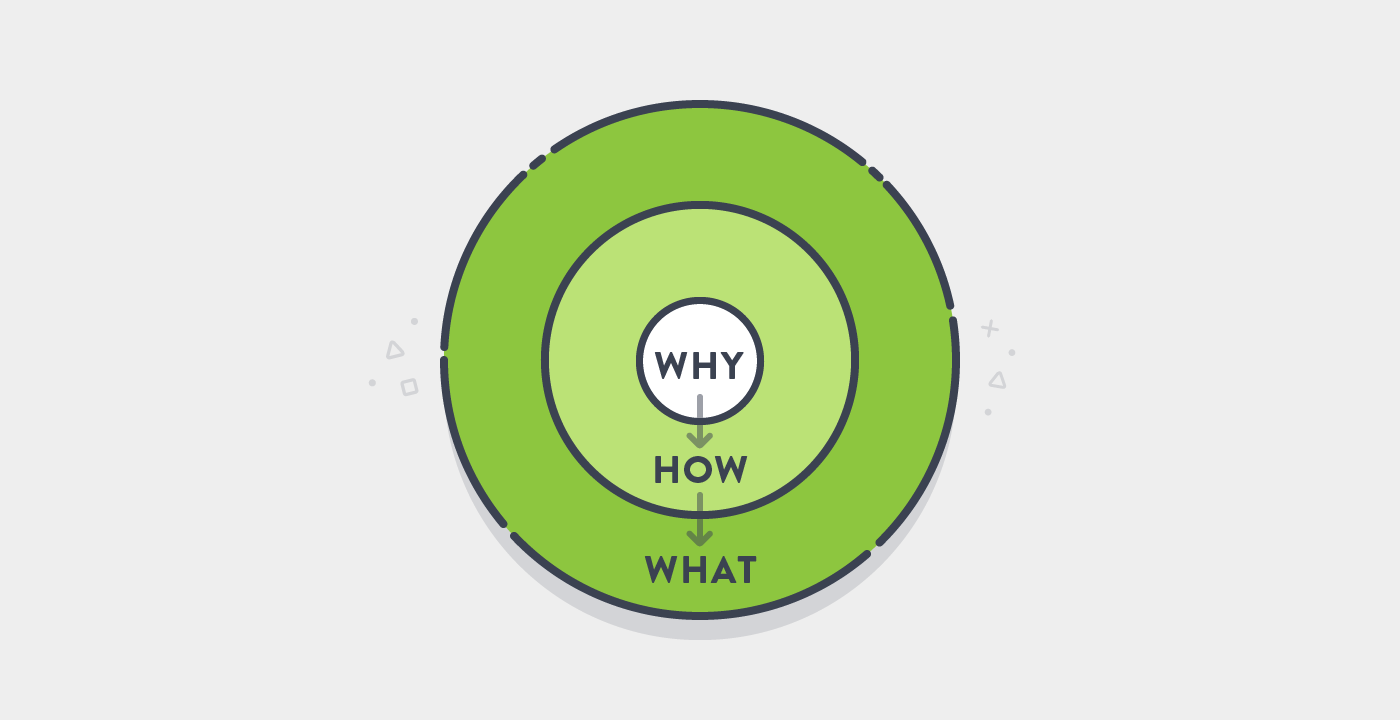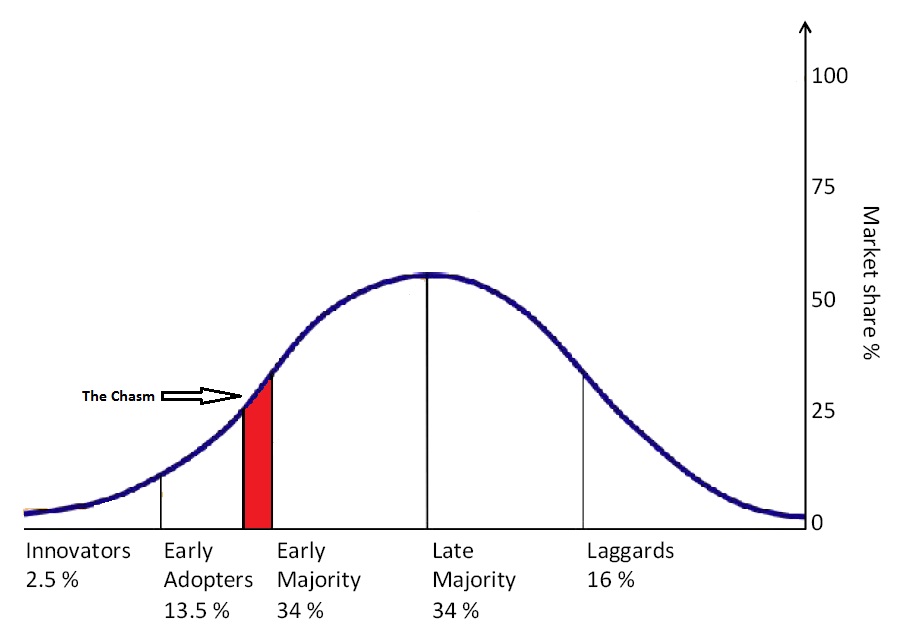This is the first in a series of blog posts where we’ll discuss different frameworks for setting goals and objectives for your startup or company.
Prioritizing company goals and objectives is a constant challenge for any CEO. And if you’re a founder or entrepreneur with even a little bit of FOMO (fear of missing out), committing to focus on one objective can be challenging and honestly, terrifying.
When you set your overall business objectives, you’re saying ‘yes’ to a few certain goals, and ‘no’ to a host of other possibilities, many of which are good. This is why the process of defining your company priorities is so hard - you’re often not choosing between good and bad, you’re choosing between good and better.
Instead of looking for the ultimate, one-size-fits-all unicorn solution for prioritizing your goals, it’s helpful to think in terms of frameworks. There are several different ways or frameworks for defining what is most critical to your business.
The Golden Circle
In this post, we’ll discuss the golden circle, a concept coined by Simon Sinek in a TED talk on How Great Leaders Inspire Action. The premise is simple, but profound.
”People don’t buy what you do, they buy why you do it.” Simon Sinek
Think of a target with expanding circles. At the very center is ‘why’ which then expands to the second circle of ‘how’ and then finally reaching the outermost circle of ‘what.’

Most people start (and stop) on the outside ring by focusing on what they sell or the solution they provide. “We offer unlimited cloud storage for all of your business needs.”
Sometimes a benefit gets thrown - “We provide an all-in-one CRM that will help your team close more deals.” Or one of my personal favorites from Silicon Valley, “We’re Uber for _______.”
But starting with ‘what’ is a mistake for several reasons. First, it’s harder to differentiate yourself from your competitors, no matter how many awesome features you add. Second, it’s boring. There’s no emotional connection or incentive for someone to change their behavior and purchase your solution.
Third, you’re limiting your potential influence in the market by reducing your business to the product or service itself. And finally, your organization is more likely to be misaligned with everyone trying to take the product in a different direction.
Now let’s look at the inverse for a moment.
Start with Why
Communicating from the inside of the golden circle then outwards starts by declaring what you believe (as a company) and why you exist. The ‘why’ goes far beyond making a profit (that’s just the result) to explain the greater purpose or cause of your business. This certainly isn’t easy to define, but once it’s clear, setting and achieving shorter-term business goals becomes much easier.
For each of the three elements of the golden circle, we’ll look at several different companies to better understand this framework for prioritizing business objectives. Here are a couple examples of the ‘why’ from different companies.
- TOMS: “At TOMS®, we believe we can improve people's lives through business.”
- Geckoboard: We exist to build goal-oriented teams that drive growth.
- Apple believes in challenging the status quo - in doing things differently.
Why the ‘Why’ Matters
Starting with why is critical if you want to achieve sustainable, accelerated growth and reach mass market adoption. Knowing and communicating your company’s ‘why’ provides a greater cause than a product or paycheck.
It also inspires your team members and your audience to create a movement that crosses the chasm from early adopters to the majority.

Source: Bad Company
The image above illustrates the law of diffusion of innovation which explains the rate at which ideas or technology spread. In order to reach the early and late majority (totaling 68% of the market), you need a clear objective or cause that people can rally behind.
Building an emotional connection - the ‘How’
Once the ‘why’ for your organization is clearly defined, you can begin outlining how your company will achieve its cause or purpose for existence. This is where the emotional connection happens. You’re taking a (hopefully) grand vision and making it practical and personal.
For any given cause, there are a number of ways to achieve it. The ‘how’ explains the path your company has chosen. Keep in mind this isn’t your product or service though - we’ll get there in a minute.
Looking back at the same companies we discussed earlier, you can see the specific ways that each business works towards their purpose.
- TOMS’ entire business model is built around One for One - they help a person in need with every product purchased.
- Geckoboard makes it easy to communicate, monitor, and optimize the key metrics that will focus your team around goals and drive faster growth.
- Apple creates beautifully designed products that are simple to use and user-friendly. As Tim Cook describes it, Apple is “...a special place where we have the opportunity to create the best products on earth — products that change lives and help shape the future.”
‘What’ Proves the Why
Only after the ‘why’ and the ‘how’ have been defined can you focus on what you actually sell/create/provide. This is where features and benefits are explained. Whatever your product or service is, it should always prove what you believe as a company. It should always reflect your overall business objective or cause.
When you effectively implement the golden circle, your organizational cause will provide direction and accountability for every decision and short-term business goal. Constantly ask yourself and your team: does this align with our mission?
The ‘what’ for your organization may evolve or change completely over time. But that’s okay - as long as your primary business objective (why) is clearly communicated and demonstrated through all you do.
Here are the specific products/services that each of our example businesses offers as a reflection of their why.
- TOMS sells shoes, clothing, and accessories made with sustainable and vegan materials.
- Geckoboard provides an easy-to-set-up TV dashboard software for online business to monitor live metrics and hit their goals.
- Apple makes sleek, powerful, and easy to use computers, phones, tablets, watches, and more.
The order matters
The golden circle only works if you get the order right: start with why, then how, and finish with what. This framework is one way to help you prioritize the goals and objectives of your business and keep your team aligned towards the same mission.
Growth happens when people unite around a cause they believe in. The goal is to do business with people who believe what your company believes - not just people who need what you offer.
Start with why. Create a movement that empowers those around you to help achieve your organizational cause and as a byproduct, drive faster growth for your company.
